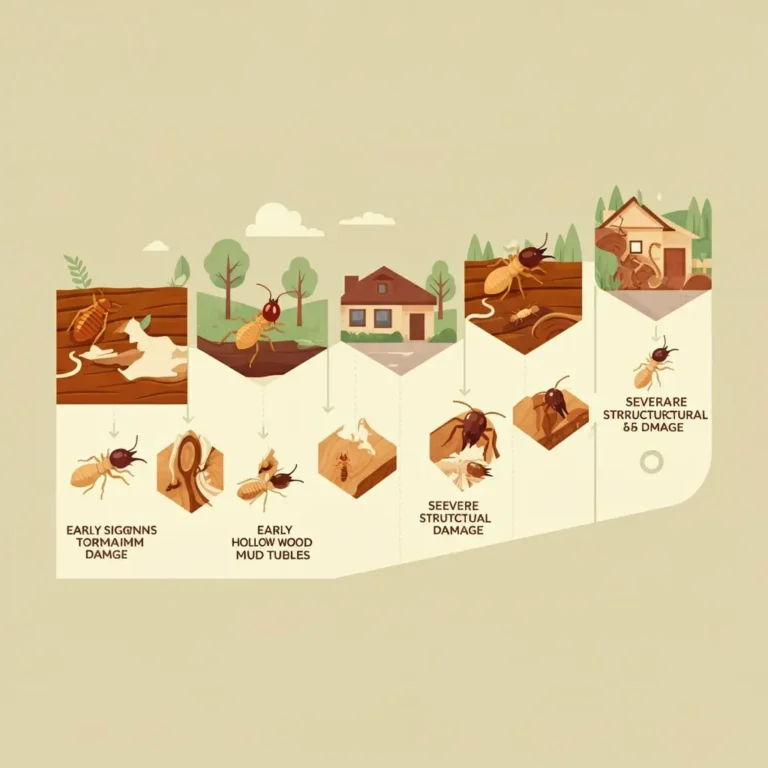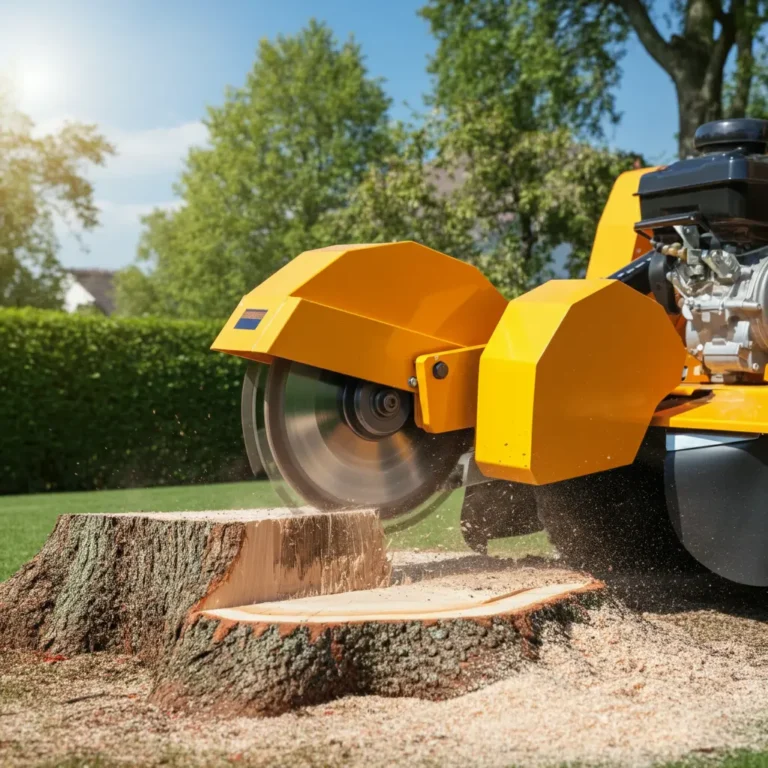How Long Does It Take for Grass Seed to Grow?
Planting grass seed sounds like a straightforward task, but the results can vary widely based on several factors. From choosing the right seeds to maintaining optimal soil conditions, this guide covers everything to ensure you see success in your lawn-growing efforts.
This post will explore how long grass seed takes to grow, the key factors that influence growth, and practical tips for a healthy, green lawn.
Table of Contents
What to Expect When Planting Grass Seed
When planting grass seed, patience is key. Although many seeds begin visible sprouting within a few days, developing a fully established lawn takes time. The process involves germination, root development, and, finally, noticeable blade coverage across the area. Your efforts early on will influence the health and longevity of the grass.
Main Growth Stages of Grass Seed
- Seed Hydration (0-2 days): Water softens the seed coat.
- Germination (5-30 days): Seeds begin sprouting roots.
- Seedling Stage (Week 2-6): Blades become visible above the soil.
- Established Lawn (8-12 weeks): Grass fills in and becomes sturdy.
Understanding Grass Seed Growth Time
The time it takes for grass seed to establish entirely depends on its type, growing conditions, and maintenance. On average, most varieties germinate between five and 30 days, but grass types like Kentucky Bluegrass may take longer.
Some common germination timelines include:
- Ryegrass seeds sprout in 5-10 days.
- Fescue varieties take about 7-14 days.
- Bermudagrass requires 10-30 days, depending on conditions.
Different Types of Grass Seeds and Their Growth Rates
Selecting the right grass seed is key to successful growth. Here’s a look at different types of grass seeds and how their characteristics affect their germination and growth rates.
Cool-Season Grasses
These grasses grow best in moderate temperatures (spring or fall). Examples:
- Perennial Ryegrass: Germinates quickly (5-10 days) and establishes rapidly.
- Kentucky Bluegrass: Well-loved for its dense texture but slower to germinate (14-30 days).
- Fine Fescue: Ideal for shaded areas, germinating in 5-14 days.
Warm-Season Grasses
These thrive in hotter regions and during summer planting.
- Bermudagrass: Robust and fast-spreading; germinates in about 10-30 days.
- Buffalograss: Drought-tolerant but slower-growing (14-30 days).
- Zoysia Grass: Known for low maintenance but germinates slowly (14-21 days).
The Importance of Soil Preparation for Grass Growth
Proper soil preparation for grass lays the foundation for successful germination and healthy growth. Before planting, ensure your soil is free from debris, nutrient-rich, and well-draining.
Key Steps in Soil Prep
- Test the Soil: Check the pH level; most grass thrives between 6.0 and 7.0.
- Loosen Soil: Aerate or till for better seed-to-soil contact.
- Add Nutrients: Use a starter fertilizer rich in phosphorus to promote root growth.
- Ensure Proper Grading: Slope slightly to prevent water pooling.
Taking the time to prepare your soil can significantly speed up germination and improve seedling survival rates.
Best Time to Plant Grass Seed
Timing is one of the deciding factors in successful grass seed growth. Plant your seed when the weather aligns with the natural growth cycle of your chosen grass variety.
Cool-Season Grasses
- Best Season: Early fall or spring.
- Optimal Temperature: Soil between 50-70°F.
- Why This Works: Cool temperatures and increased rainfall help establish strong roots before summer stress.
Warm-Season Grasses
- Best Season: Late spring to early summer.
- Optimal Temperature: Soil between 65-85°F.
- Why This Works: Warmer soil and sunny days encourage rapid establishment.
Watering Grass Seed Correctly
Watering grass seed may seem straightforward, but it requires precision. Overwatering or underwatering can harm development.
Tips for Watering Grass Seed
- During Germination:
- Water lightly, 1-2 times per day, to keep the soil moist but not soggy.
- After Sprouting:
- Reduce frequency but increase depth, watering every 2-3 days.
- Use Proper Tools:
- Sprinklers or hand sprayers work well to distribute water evenly without washing seeds away.
Factors Affecting Grass Growth
Several factors influence how quickly your grass seed sprouts and grows into a lush lawn, including:
- Seed Quality:
High-quality seeds from reputable brands typically germinate faster.
- Temperature Variability:
Extremes in temperature can delay or harm growth.
- Moisture Levels:
Seeds need consistent, even moisture for optimal sprouting.
- Sunlight:
Most grass varieties require 4-6 hours of sunlight daily.
- Weed Competition:
Removing weeds before planting ensures seeds won’t compete for nutrients.
How to Grow Grass Faster
If you’re in a rush to achieve a green lawn, follow these strategies:
Use Quick-Germinating Seeds:
Options like ryegrass sprout in as little as 5 days.
Pre-Germinate Seeds:
Place seeds in a damp paper towel for 24-48 hours before planting.
Improve Soil Contact:
Press seeds into the soil with a roller to enhance germination.
Warm the Soil:
Use black plastic to raise soil temperature for warm-season seeds temporarily.
Grass Germination Time Tips for Success
To ensure seeds germinate efficiently, avoid these mistakes:
- Planting Too Deep:
Sow seeds no more than 1/4 inch deep.
- Skipping Fertilizer:
Use a phosphorus-rich starter fertilizer for better root development.
- Wrong Seed Type:
Choose seeds suited to your climate and sun/shade levels.
Common Mistakes in Planting Grass
Avoid these pitfalls that can delay or prevent your seed from growing:
- Overwatering:
Leads to rotting seeds and fungus.
- Choosing the Wrong Season:
Poor timing results in weak, brittle grass.
- Compacted Soil:
Prevents proper root penetration.
Post-Planting Care for Grass
After planting, grass seedlings are especially vulnerable. Follow these care tips to boost their survival rate:
- Mow Carefully:
Wait until the grass is at least 3 inches tall to mow.
- Fertilize Again:
Apply fertilizer 6-8 weeks after planting.
- Stay Vigilant:
Look for pests and diseases early to prevent damage to young grass.
Signs Your Grass Is Growing Healthy
Healthy grass often displays these characteristics:
- Uniform colour (bright green for most varieties).
- Even growth with no bare patches.
- Strong rooting when gently tugged.
Troubleshooting Slow Grass Growth
If your grass seems stagnant, address the following issues:
- Test the Soil:
Imbalances in pH or nutrient deficiencies can hinder growth.
- Check Watering:
Ensure water reaches a depth of at least 6 inches after rainfall or irrigation.
- Reapply Seed:
Re-seed thin patches for better coverage.
Lawn Maintenance for Long-Term Results
To keep your grass lush for years to come:
- Aerate the soil annually for improved root development.
- Overseed your Lawn every 1-2 years to maintain density.
- Use weed control to reduce competition.
Frequently Asked Questions (FAQs)
Can I plant grass seed in summer?
Yes, but only for warm-season varieties. Ensure ample watering to combat heat stress.
How long does it take for a full lawn to grow?
Most lawns take about 8-12 weeks to develop into a thick, healthy turf.
Why is my grass not sprouting evenly?
This likely results from uneven soil, shallow seed planting, or inconsistent watering.
Can I walk on newly seeded grass?
Avoid foot traffic for at least 4-6 weeks to allow delicate seedlings to establish.
With proper preparation and care, you’ll see success with your grass seed and enjoy a healthy lawn in no time. Happy planting!







